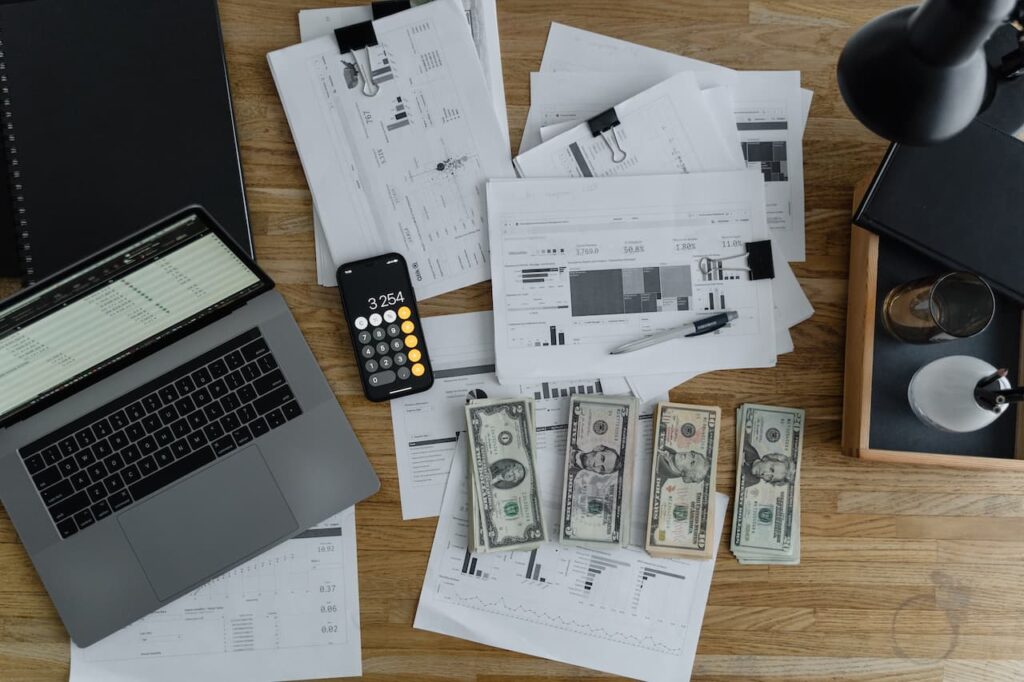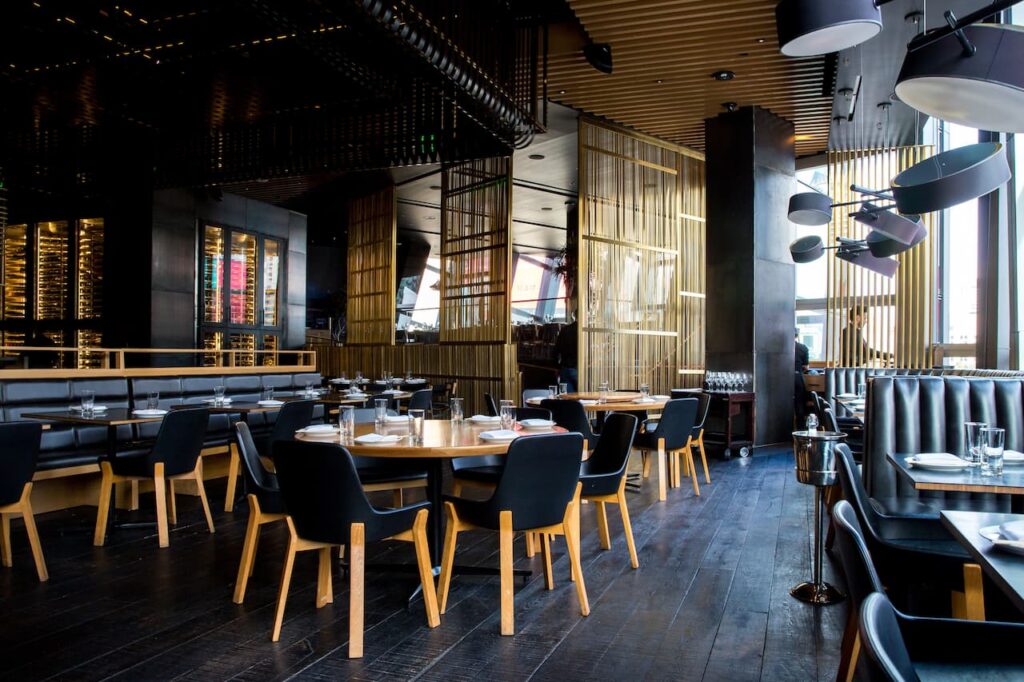The restaurant business is gaining in popularity. Today, running a restaurant is not only a steady income, but also a form of self-expression. What mistakes not to make at the start, let’s talk about below.
How to choose the ideal location for a restaurant?
Before opening a restaurant, it is important to have a clear idea of your future customers. What is their social status, gender, age? What do they like? It is useful to “know your competitors” so that you don’t repeat yourself with the menu. The establishment should be easy to reach by car, public transport and on foot.
It is feasible to open a place that is visited not only in the centre, but also in a residential area. Because of time constraints today, many people are not prepared to spend money on travel and choose establishments closer to home. And if the restaurant will be unique, guests will pull up and from neighbouring areas.
How do you calculate the cost and profitability of a restaurant?
Profitability is a relative indicator that helps to assess the efficiency of resources used. It can be calculated for a business as a whole, or for each specific location.

1 Profitability helps you predict future profits.
2. it is easier to convince investors that the investment is profitable.
3. if the company has several points of sale, it is easier for the manager to evaluate the performance of each of them.
(4) This provides a clear picture of competitiveness with similar businesses.
How do I find and hire staff for my restaurant?
You don’t have to invite everyone who applied for an interview. The task of a competent manager is to select the most suitable people for the minimum amount of time. It should be understood that a CV does not give a full picture of how a person can cook or communicate with guests. At the interview, it is worth asking to serve oneself as a customer in a restaurant.
If prior training is required, the trainee is given all the necessary instructions and observed how they cope, what questions they ask and whether they consult with experienced colleagues. The role of a judge may be performed by a hall manager or another waiter.
How do you create a menu for your restaurant?
Improving the efficiency of a restaurant is linked to offers that customers can’t refuse. Many owners take it upon themselves to put together a menu at the last minute, just before the opening. And then it turns out that it’s virtually impossible to make it fit with the atmosphere.
Ideally, the sections of the menu should be designed to complement one another. A great option is to apply the principle of complementarity. When developing it, you take into account the target audience, the cost of the food, gastronomic trends. The main thing is that the items should sell well.
How do I choose the right food and consumables suppliers for my restaurant?
In the restaurant industry, compliance with product standards and safety plays a huge role. It is important to assess production capacity – the ability to cope with order volumes. Analyse financial stability and legal clarity. If large orders are planned, it doesn’t hurt to visit the production site.
Many restaurateurs purchase from wholesale bases. Centralised management ensures quality control, stable supplies and comfortable prices. Match transport costs and possible volume discounts.
How do you attract and keep customers in your restaurant?
In addition to quality service and delicious food, you can’t do without special promotions. Here are just a few examples.
1. “Happy hours”. At certain times a portion of food and drink is offered at a discount.
2. business lunches. Packed lunches at a reduced price.
3. Facility gift. The guests are offered souvenirs preferably useful and pleasant. For example: pens, notepads, lighters, glasses.
4. Hosting events. Karaoke evenings, inviting artists or writers, concerts. The main thing is to make sure that what is planned is in keeping with the format of the institution.
How to resolve conflicts with customers and employees in a restaurant?
Conflict situations come in two types – constructive and destructive.

The first arise with specific claims: found a hair in the salad, or delayed with the terms of service. The cause of dissatisfaction is promptly removed, and the customer is given a bonus (e.g. a discount on products).
The disruptive ones are more difficult to deal with. The customer is overwhelmed with emotion, but they no longer remember or are unable to articulate their grievances clearly. Leading questions are asked to get to the root of the irritation. It is important to remain calm, not to make excuses and to apologise in good time.
How do you manage your restaurant’s finances effectively?
The top of the sales funnel in the restaurant business is the loyalty and loyal customer base that will generate the main source of income. The forecast is based on the profit and loss statement model:
– revenue forecasts;
– direct costs (calculation of the cost of meals)
– direct or mandatory costs (rent, labour, taxes)
– marginal profit (calculated using the formula: revenue minus variable costs)
– net profit (after tax).
How to promote a restaurant effectively?
To promote your establishment, there are many platforms that allow you to try out different formats of interaction with a potential audience:
1. Creating a website (even a simple lending page will suffice).
2. Map services (the most basic thing is to put the restaurant on Yandex and Google maps).
3. Targeting (advertising that takes people’s interests into account and shows the ad to a specific target audience).
How to stick to safety and hygiene rules in a restaurant?

Cleanliness in a restaurant relates to both personal responsibility of employees and collective responsibility. Bathrooms must be lightly cleaned every hour, general cleaning once a day. The mistake many restaurateurs make is not paying attention to the location of the sink. It is wrong when you can only wash your hands in the toilet cubicle. Then clean hands will have to be used again for dirty surfaces.
